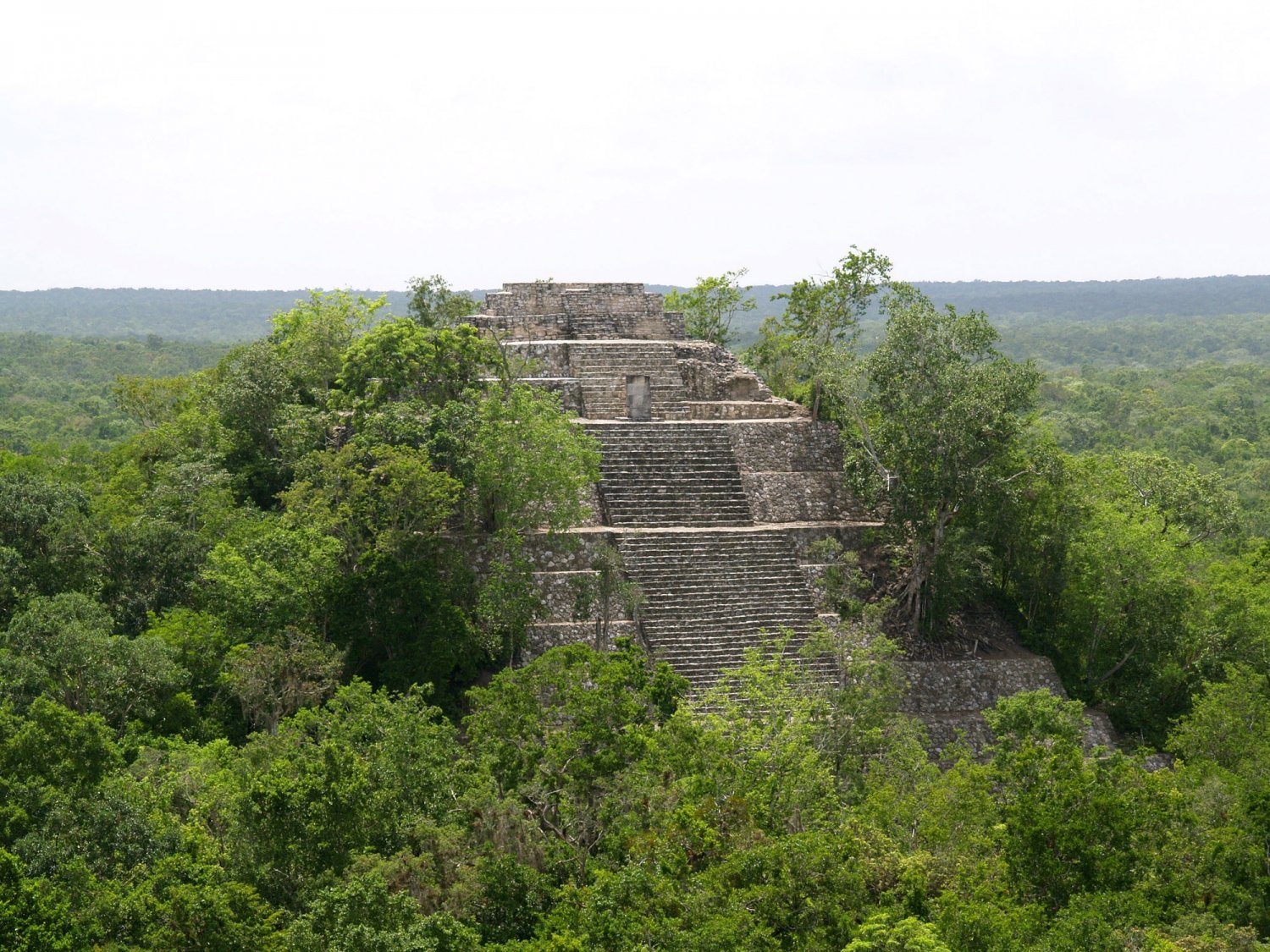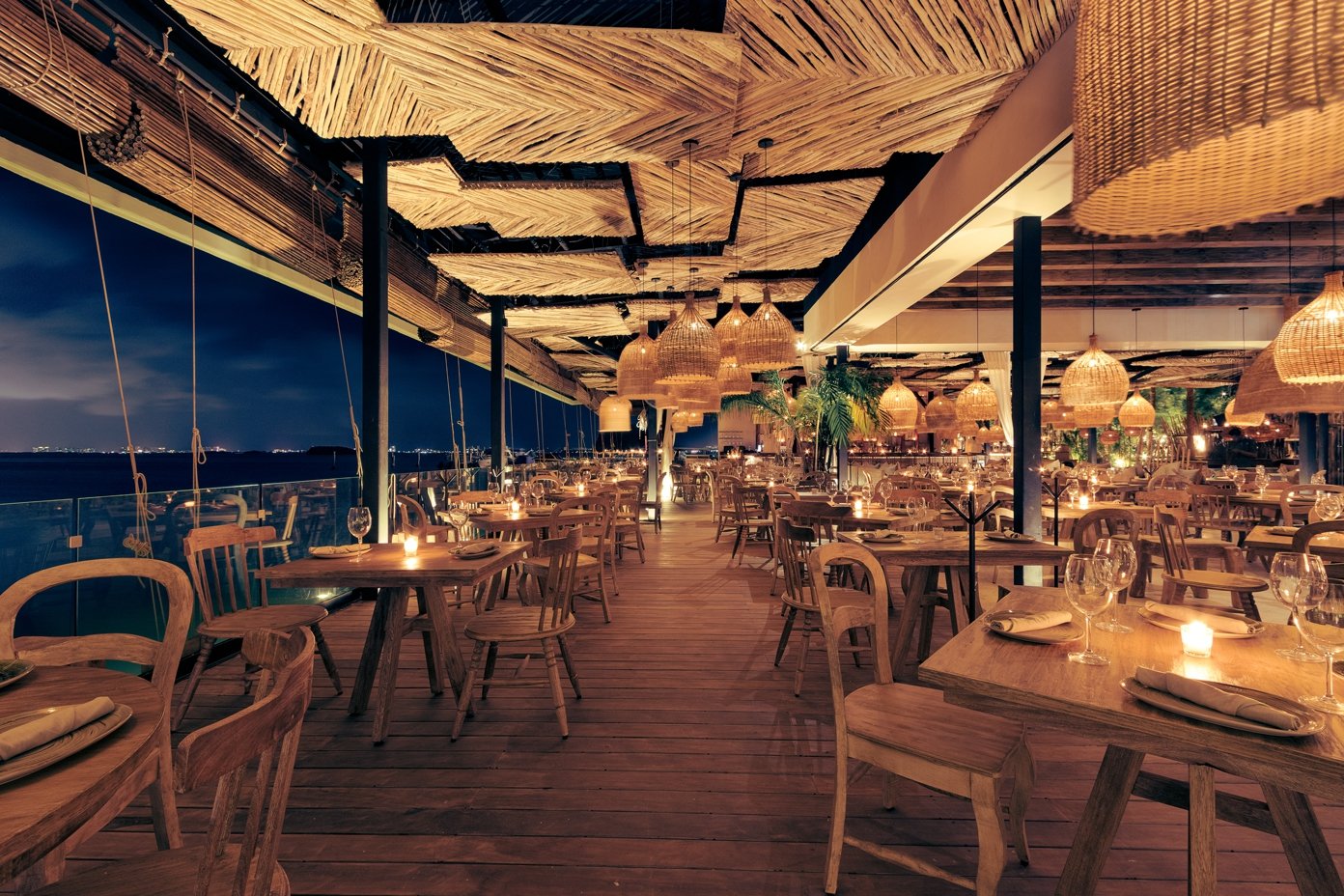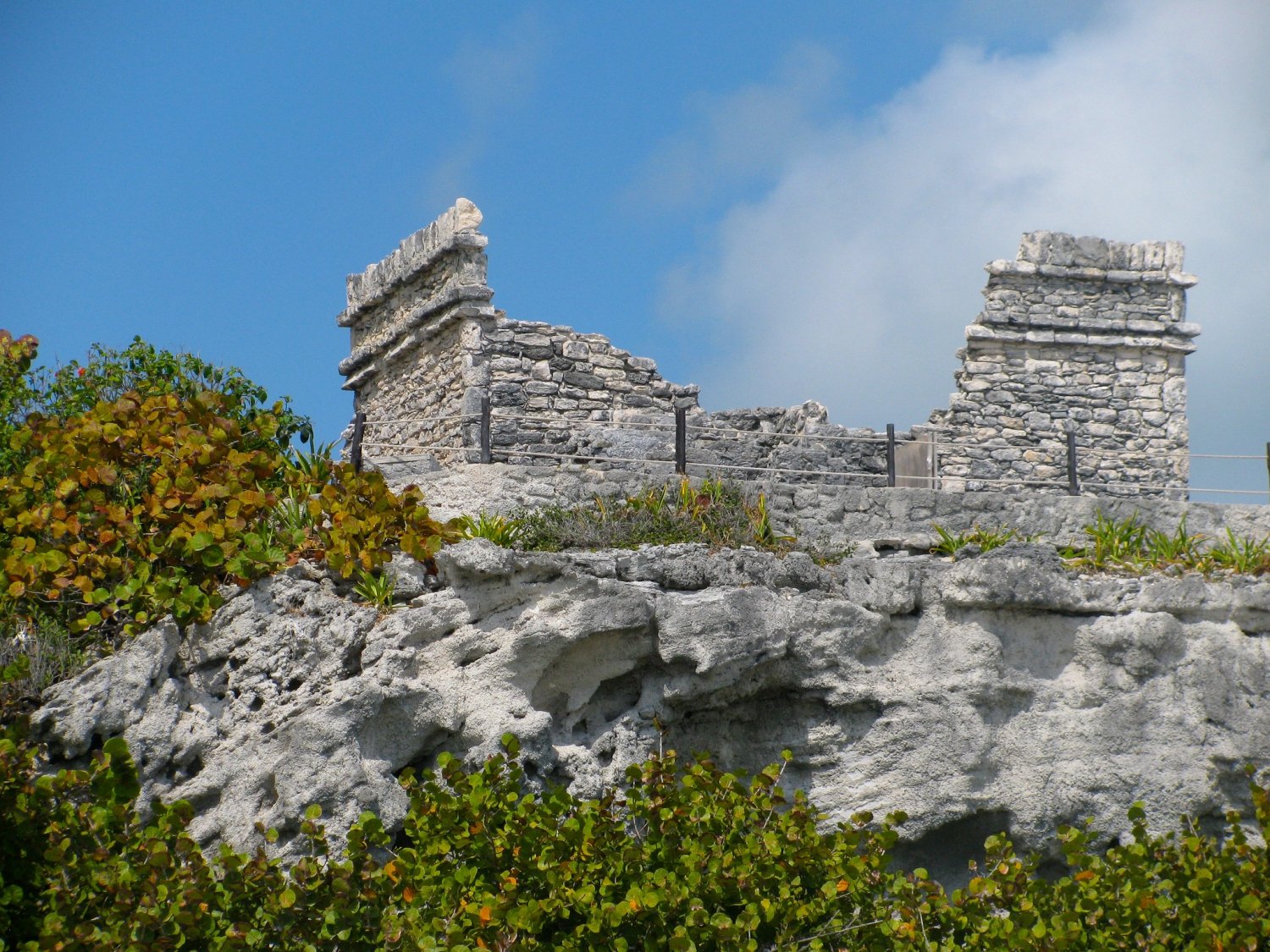Handpicked by a Mexico Local Expert, we bring you our guide to 'Mayan ruins you need to see when in Mexico'.
Xpujil Archaeological Zone
The first pieces of evidence of occupation date from 400 a. But its most important stage reaches towards the Terminal Classic, although it is possible that from the Early Classic, Xpuhil and the entire Río Bec region began to constitute a well-defined peninsular block ethnically. One characteristic that stands out in the site is that the so-called Building 1 is atypical in terms of its architectu...
Palenque Archaeological Zone
Palenque was together with Tikal and Calakmul one of the most powerful cities of the Classic Maya, the seat of one of the most notable dynasties to which Pakal belongs, whose tomb was discovered in 1952 by the archaeologist Alberto Ruz L’Huillier. Like all the Mayan cities of the Classic Palenque, it was related to others through commercial exchange networks or alliances between groups of rulers...
El Vallecito Archaeological Zone
Located at 1,300 masl, and with more than 23 sets of paintings and petroglyphs in which the anthropomorphic figures are schematic and geometric of the so-called La Rumorosa style, the archaeological zone 'El Vallecito' is located. In the area there is still a stone pine forest that in summer was exploited by the Kumiai of the region, however, the richness of the pine nut forests goes further, a...
El Tajin Archaeological Zone and Museum
El Tajin is the most important pre-Hispanic Mesoamerican city on the north coast of Veracruz. Its influence covers the basins of the Ríos Cazones and Tecolutla from the Sierra Norte de Puebla, where its influence is clearly seen in the archaeological zone of Yohualichan, to the coastal plain of the Gulf of Mexico. From the urban point of view in El Tajin, the large open spaces delimited by tem...
Chichen Itza Archaeological Zone
Chichén Itzá is the best example of the migratory movements that occurred in Mesoamerica towards the Early Postclassic since it brings together features of the material culture of both the Mayan area and central Mexico, particularly those of Toltec descent. In addition, Chichén Itzá was the capital of an extensive territory of the Yucatán Peninsula, led by the Mayapán League, from 987 to 120...
Calakmul Archaeological Zone
Calakmul was discovered at the beginning of the 30s of the last century, but it is until the 80s that systematic investigations allow the discovery of the essence of this city as one of the most important of the Classic Maya. The most recent investigations have concluded that Calakmul is the most important city of the Classic Maya and together with Tikal and Palenque they headed the political o...
Archaeological Zone of Monte Alban
It was one of the most important cities in Mesoamerica. It was founded in 500 BC on the top of a mountain in the center of the Central Valleys of Oaxaca and functioned as the capital of the Zapotecs from the beginning of our era until 800 AD. At its time of greatest development, Monte Albán had about 35,000 inhabitants, most of whom lived on the terraced slopes of the mountain dedicated to agricu...
Archaeological Zone of Ek Balam
Ek´Balam (Star Jaguar) is a Mayan city that had its maximum development during the Late / Terminal Classic (600-850 / 900 AD) and which was possibly the seat of the kingdom of 'Tlalol'. The first known king of Ek´Balam is Ukit Kan Le´t Tok (the father of the four flint fronts) who was the builder of most of the sumptuous palaces that we now know as the Acropolis and many more works. Likewise...
Archaeological Zone of Dzibanche
The Dzibanché - Kinichná complex is located in a transition zone between the lowland jungle in the north of the Yucatan Peninsula and the tropical rainforest of the Petén. The settlement occupies an area of more than 40 km2 and is made up of four groups of monumental architecture: Dzibanché or Main Group, Central Complex or Lamay Group, Tutil and Kinichná, groups that had specific funct...




























































